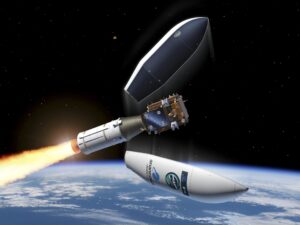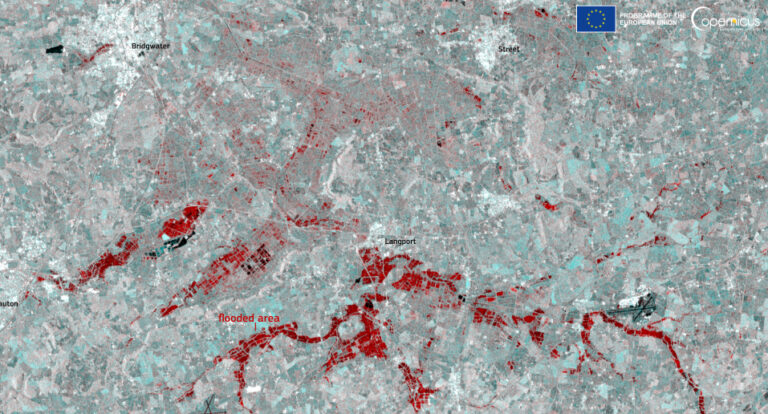The Sentinel-1C satellite has been launched on a VEGA-C rocket and will orbit 700km above the Earth’s surface. Part of Europe’s Copernicus program, it will use advanced radar technology to provide continuous imaging over land and sea, day and night, and even through cloud cover.
Advanced radar imaging
Airbus Defence and Space (Portsmouth) developed the electronics subsystem of the key synthetic aperture radar (SAR) instrument on board the satellite. Honeywell UK was responsible for the receiver of the automated identification system (AIS) payload, which will be key for maritime surveillance capabilities. The battery for Sentinel-1C was supplied by Enersys ABSL (Abingdon).
Science Minister Lord Vallance said, “The successful launch of this new satellite will further strengthen the Copernicus program, which continues to collect vital long-term data allowing us to better understand our planet, respond to natural disasters and tackle global challenges like climate change.”
Consistent long-term data
Once it reaches its intended orbit, Sentinel-1C will synchronize with Sentinel-1A, which is already in space. These satellites will work in partnership with each other to deliver the Sentinel-1 mission, imaging the Earth and generating large amounts of data that is fed into the various services provided by Copernicus.

Unlike research satellites, Sentinel-1C imagery is designed to sustain a reliable operational service, with consistent and long-term data collection for key applications. This is crucial for land and maritime monitoring, tracking of sea ice, emergency response to flooding and earthquake events, tracking climate variables and assessing the impacts of climate change.
Prof. John Remedios, director of the National Centre for Earth Observation, commented, “The advent of operational radar satellites has been a huge boost to our ability to observe hazardous and extreme environments, for example where people are vulnerable to earthquakes and volcanoes. Sentinel-1C will renew the extensive coverage and clever products which result from combining data from two radar satellites operating at the same time, allowing scientists and businesses to measure ground motion from glaciers to cities.”
This latest milestone for Copernicus follows the successful launch of another satellite – Sentinel-2C – in September this year. This satellite is already providing high-resolution imagery and data, as a powerful tool that enhances the UK and Europe’s capabilities in monitoring land and vegetation.
In related news, the first of EUMETSAT’s Meteosat Third Generation (MTG) satellites recently became fully operational and is disseminating high-resolution, accurate data for predicting severe weather events. MTG-Imager 1 has also received a new name – Meteosat-12 – to mark the occasion. Click here to read the full story.



